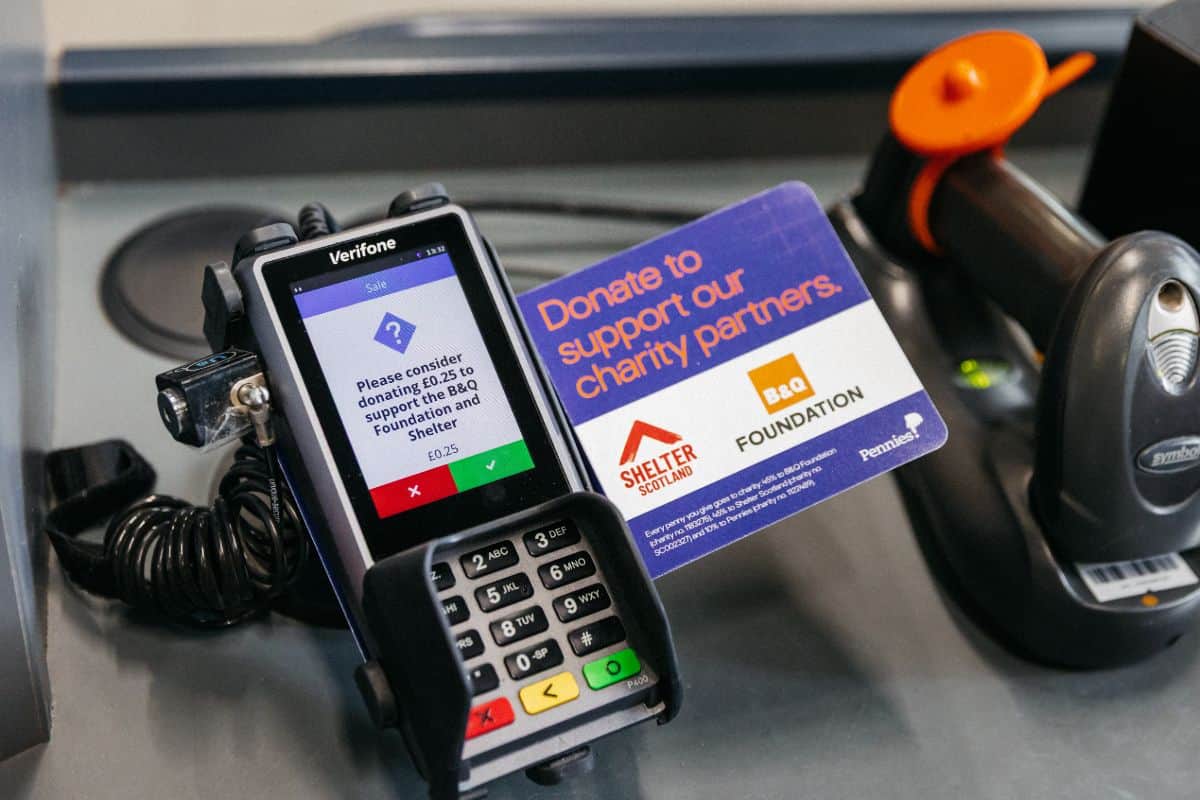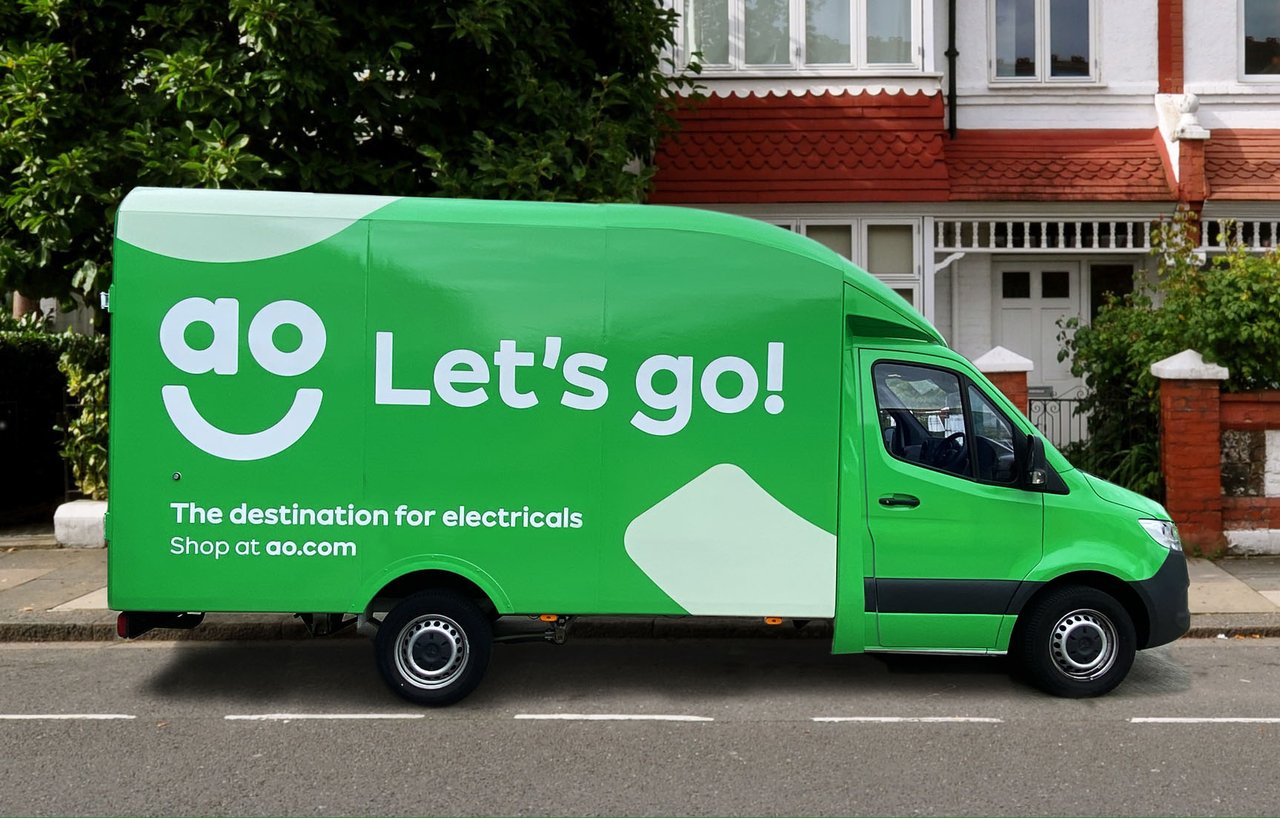There can be do denying that we are ever so slightly moving towards the utopian dream of having simple, ubiquitous mobile payments. Imagine, before the year is out, we may yet be paying for everything by waving our phones about, or just by waving our face about in front of a startled barista.
Yes, everyone is talking about mobile payments and wallets and so on. As our top story points out, payments traffic over one payment handler Adyen’s servers is coming increasingly from mobiles. A clear indication, it says, of growing satisfaction and confidence about paying using a mobile device.
And from the States we see this week too that everyone is getting very bullish about mobile payments and wallets, as they see retail and POS in particular standing on the edge of diving board ready to leap into the clear blue waters of mobile payments.
In fact doing the rounds at the Shop.org Annual Summit in Chicago, a report from customer transaction consultancy Javelin bullishly estimates that mobile point of sale (mPOS) could expand payment card acceptance by up to 19 million businesses, which could account for up to $1.1 trillion in annual new-card payments.
And Dan Wagner CEO of UK-based ecommerce and mobile payment technology innovator Powa Technologies agrees that mobile payment technology is taking off in the US in a big way and that it is one of the innovative, technology-focussed ways that retailers can boost their business.
“There are 27 million point-of-sale terminals in the US and they need to migrate over to a chip-based card system, providing an opportunity for retailers to upgrade not only their card readers, but also add a next-generation platform infrastructure to support tablets, mobile phones and enhanced in-store personalization. We are in the midst of a retail revolution with a proliferation of ways through which retailers can engage with their customers. Mobile payment is one of the main ways shopping is changing for the better. Making payment more convenient and taking the transaction to the customer wherever they are really improves customer engagement and boosts sales.”
But while the payments industry – and the mobile, technology, e-comm, platform, POS and many other tech industries for that matter – all have a vested interest in promoting the fact that the era of m-payments is nearly here, it remains a very cloudy, fragmented patchwork of solutions and offerings – a landscape largely baffling to anyone looking to see how to put it to real world use.
According to a study of 1500 UK consumers by MPayMe, with half of consumers having a mobile wallet/m-payment capable smartphone, less than 10% actually used it. And when it comes to merchants, just 7.5% of stores on Oxford Street – one of Europe’s busiest retail high streets – had any capability to handle mobile payments.
The problem, it seems is that many interested parties want to make m-payments work – largely so they can sell new kit. However, m-payments as it stands in many of these solutions doesn’t bring anything to the party that can’t already be done. Payments in retail isn’t broken – so there is no need to fix it.
As I have said many times over the years what is needed is to make m-payments offer something that makes life easier. Now as Powa, Javelin and Adyen point out simply making POS and checkout queues a thing of the past is quite compelling. Yet, I feel it still needs to offer more. It needs pull together a variety of things I, as a consumer do with my mobile, and make them easier. What the answer is, I don’t yet know, but I remain sure we will see mobile payments, but it won’t be Utopian until we crack where it actually fits in.








